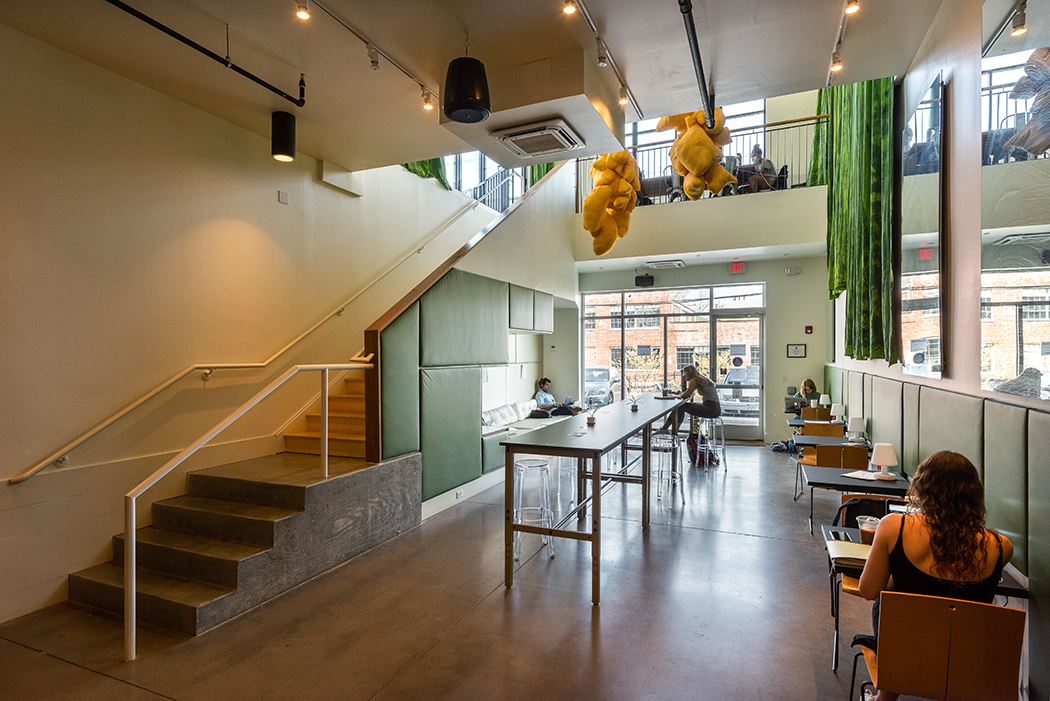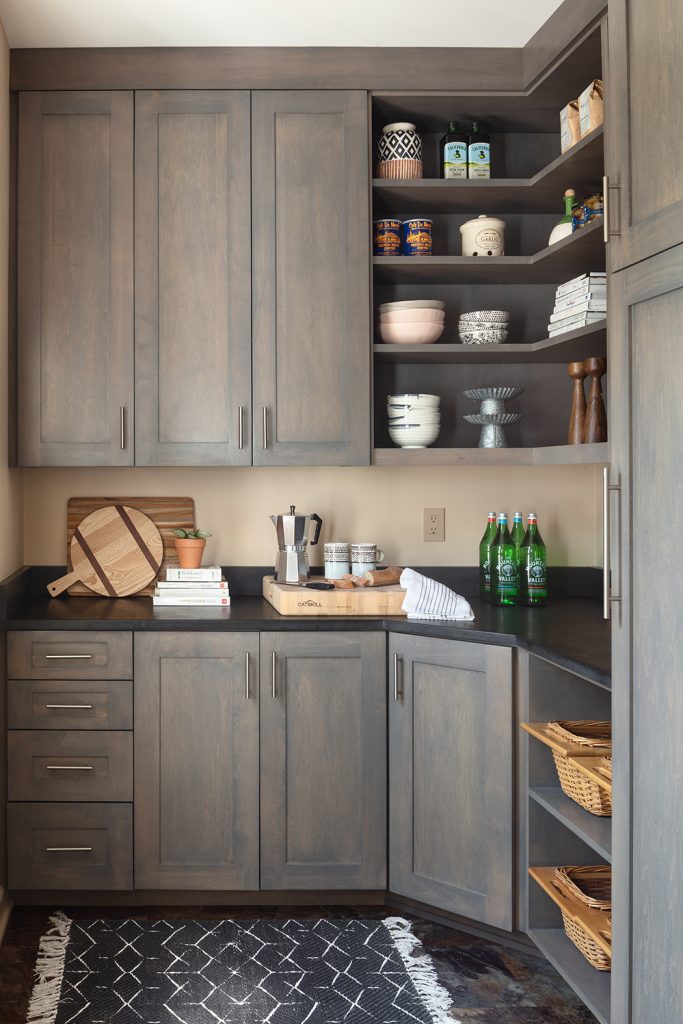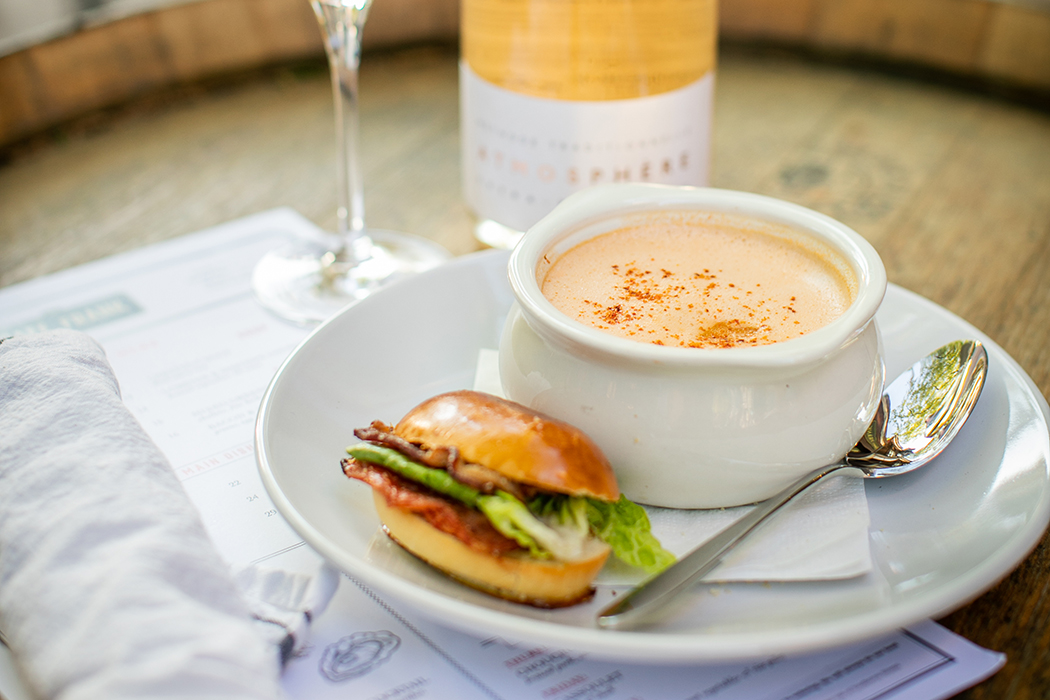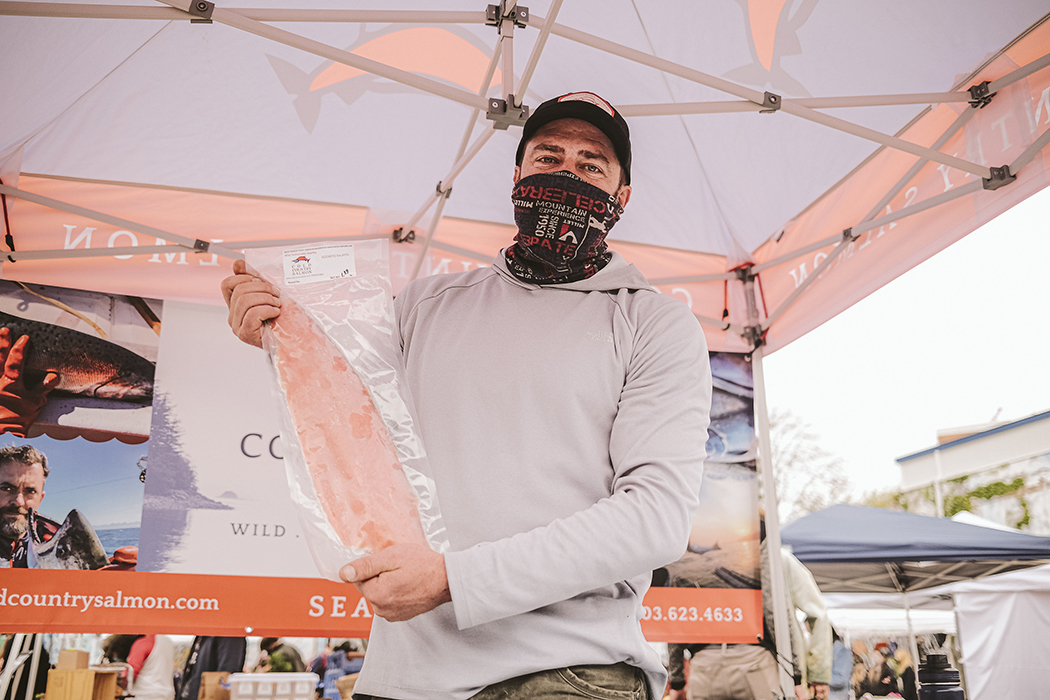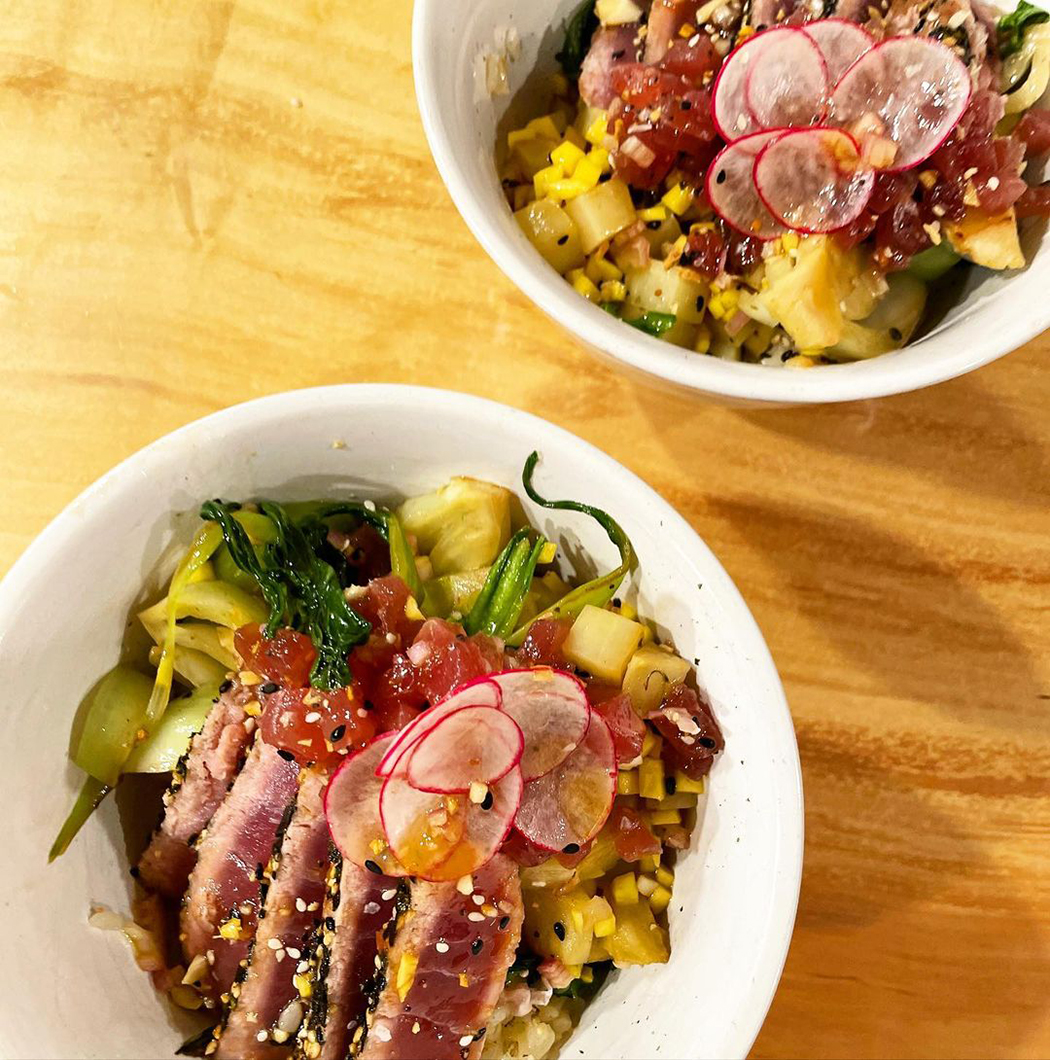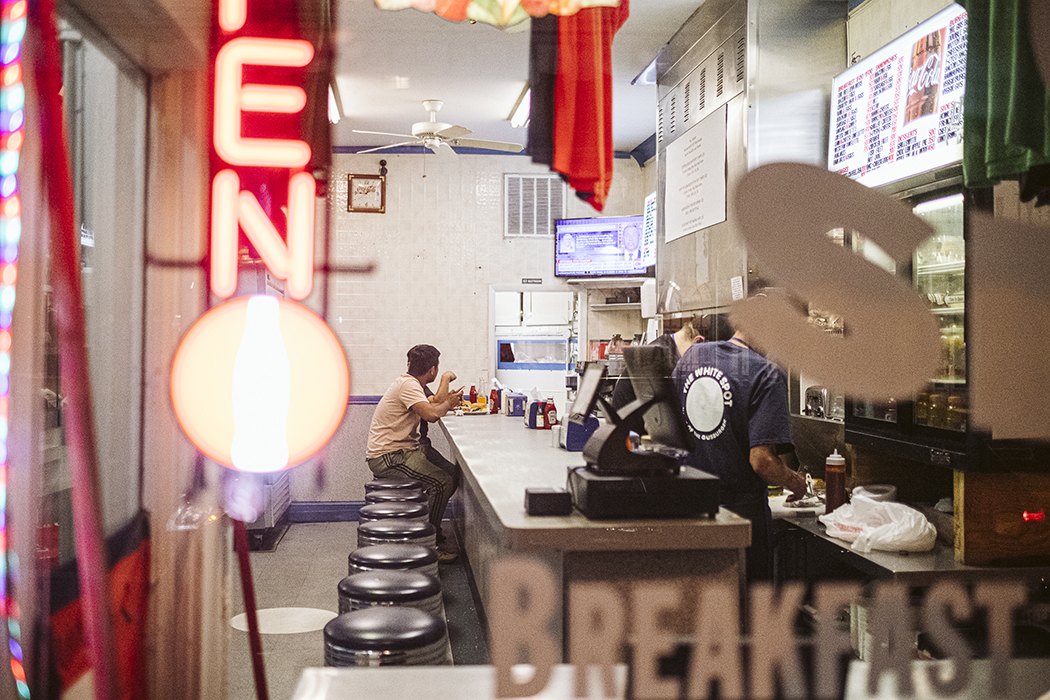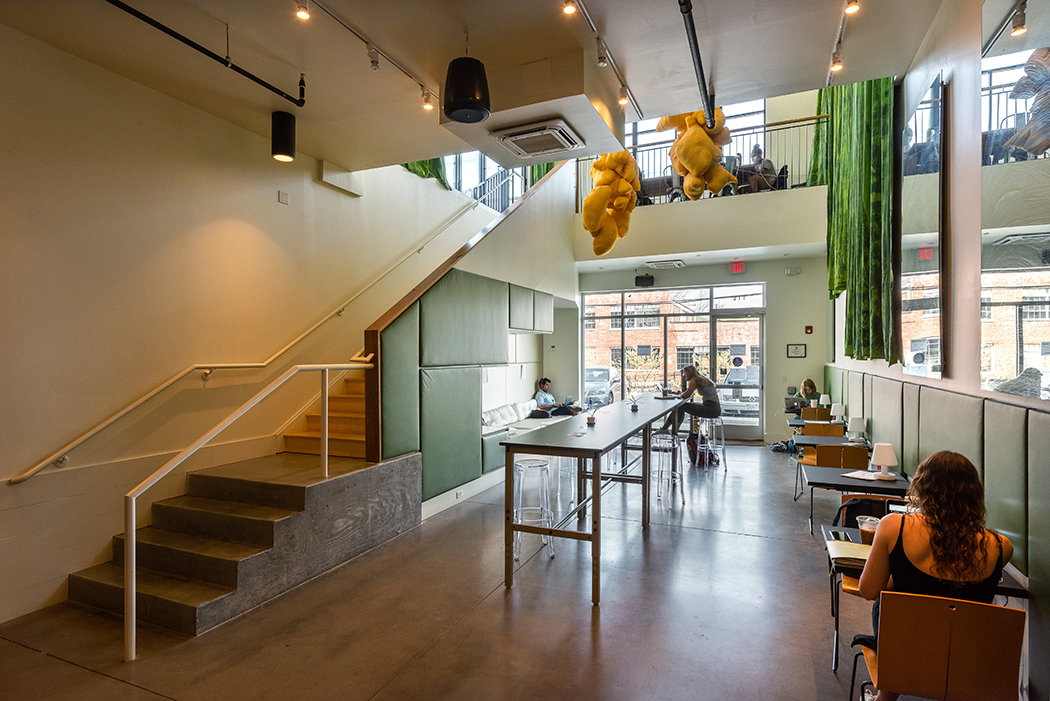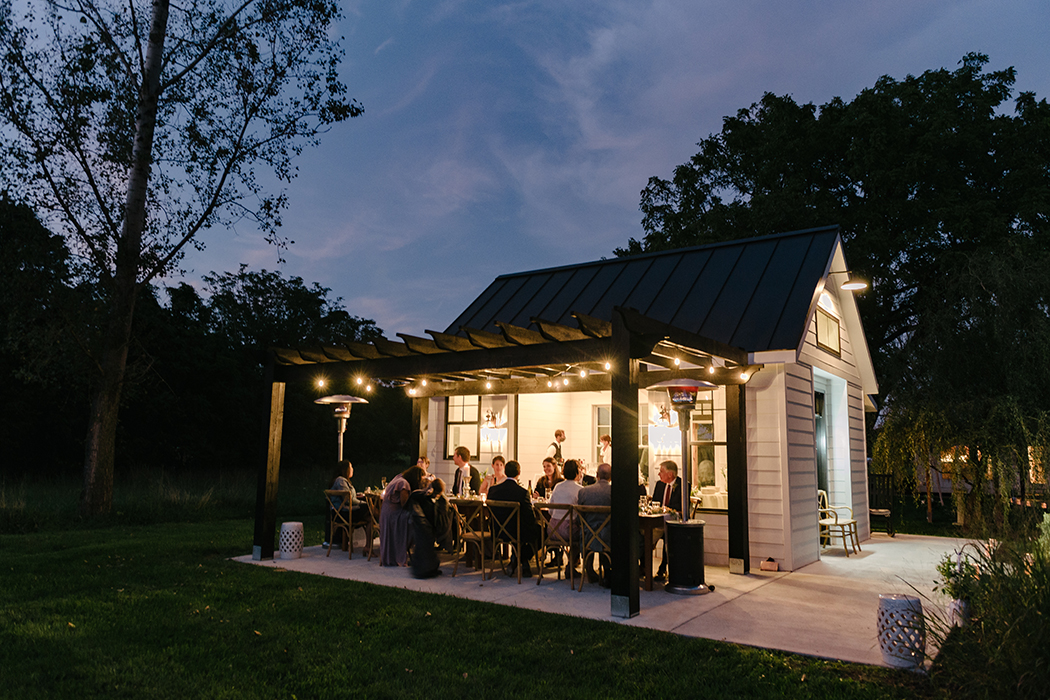Visitors to the new Mudhouse Coffee Roasters shop on 10th Street may find themselves unsure they’re in a Mudhouse location at all. The striking, sleek space is a departure from the more rustic approach proprietors John and Lynelle Lawrence have taken alongside their design team at Formwork Architecture for their previous cafés.
According to John Lawrence, the contemporary approach came about for two reasons. One, the previous Mudhouse locations went into buildings constructed in the 1890s, while the 10th street facility was newer. Two, java is going in some badass new directions.
“Coffee has been around for centuries,” Lawrence says. “But we work with specialty grade coffee, and what folks are doing with it now is working a lot on the process of fermenting the cherries to amplify and bring out existing inherent flavors—amplify what’s there already. If we think of that as a more modern feel, well, we want to offer a more modern experience for our coffee drinkers.”
The 10th Street Mudhouse design also vibes well with the cutting-edge equipment installed at the location, Lawrence says.
Beyond the obvious modern flourishes, the new Mudhouse space’s design is highly intentional throughout. As patrons enter it, they’re greeted by bright colors intended to call to mind life on the coffee farm—the greens of the fields in wall hanging tapestries, the orange-yellow of the sun in bespoke hanging sculptures designed by local artist Lily Erb.
“John and Lynelle approach coffee and the people that grow that coffee on an individualistic, case-by-case basis,” says Cecilia Nichols of Formwork. “They have an intimate relationship with the beans and the people involved in getting the beans into that coffee. Our work in many ways mirrors that. We care a lot about the details and respond to the assets of each site we work on.”
As customers continue to advance through the new Mudhouse shop, the design team introduces them to photographs and text, becoming more specific about the coffee-making process, before they get to the barista and place their order.
Above the main floor of the coffee shop is another unique spot: a rooftop sitting area bedecked by a large faux grass bed. “We were working with Cecilia—she was sketching out the seating and benches,” Lawrence says, “and we had this turf, and we all thought, ‘Let’s just make it a big bed.’ It’s fun.”
For Formwork’s Robert Nichols, the new space was a logical next step for Mudhouse, which grew from a humble coffee cart to its current portfolio of three cafés and a roastery. The location is closer to the University of Virginia than the other Mudhouses and lended itself not only to the modern design, but also to a segmenting of space that allows students and other groups room to spread out.
“[John and Lynelle are] constantly taking steps to keep their business vital and new and educating themselves and their customers,” Nichols says. “When we work with them, we have lengthy conversations, and they usually revolve around new thinking and reassessing just about everything.”
